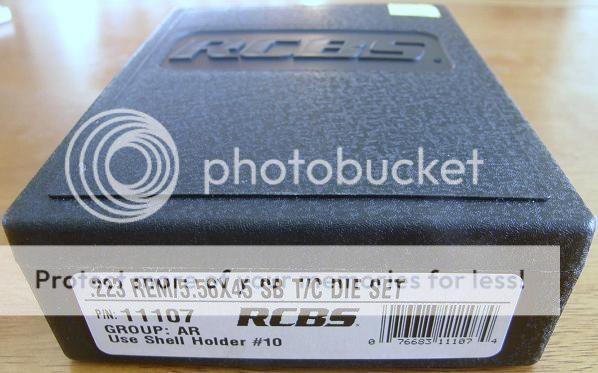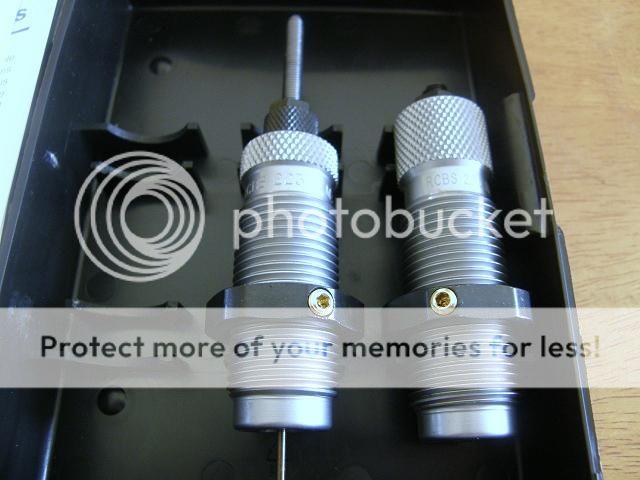Phil3,
You're on the right track, and you've already nailed the major culprit for damaging brass; overworking the neck. Common feature of standard dies, since they have to be able to resize virtually any brass it may be used with. The way they do this, is to over do it with the die, and then open it back up with the expander ball. This is the greatest problem to overcome to extend brass life. The bushing system, or a honed die is how you do it. I like the bushings, since they give you more flexibility, which is useful if you have a variety of cases to deal with. I do use the expander, but I like the carbide ones that Redding offers. I choose a bushing size that allows the expander to just barely kiss the case neck as it comes back through. You should barely feel it (but you should feel it if you're paying attention) as it goes through the neck. Just enough to make sure that the neck I.D. has been properly sized, but not working the brass any more than needed.
Neck sizing as been around for quite some time, and I think more handloaders are starting to appreciate the problems with this method. It is usually credited with giving better accuracy than F/L sizing. It doesn't. F/L sizing generally results in better accuracy, which is one o the reasons it's used for most accuracy QC testing in bullet manufacturers (all that I'm aware of, anyway), and the vast majority of competitive shooters in a host of different disciplines. The notion that it gives better case life, is also based on the F/L dies being set up incorrectly, and bumping the shoulders back too far. Keep the setback to a minimum, and F/L sized brass will last just as long as N/S brass but without the problems. The chambering issue is the one bugaboo that causes me to be so leery of N/S as a general rule. After a number of firings, at some point you'll wind up with cartridges that won't chamber, Even after one or two firings, you'll begin to feel resistance when closing the bolt. This will worsen until you reach the point of not being able to close the bolt. This, according to Murphy, will always be at the worst possible moment. For these reasons, and several others, I just make it a general rule to recommend against N/S, and go with F/L sizing using properly adjusted dies. It'll make your life easier, I promise.



